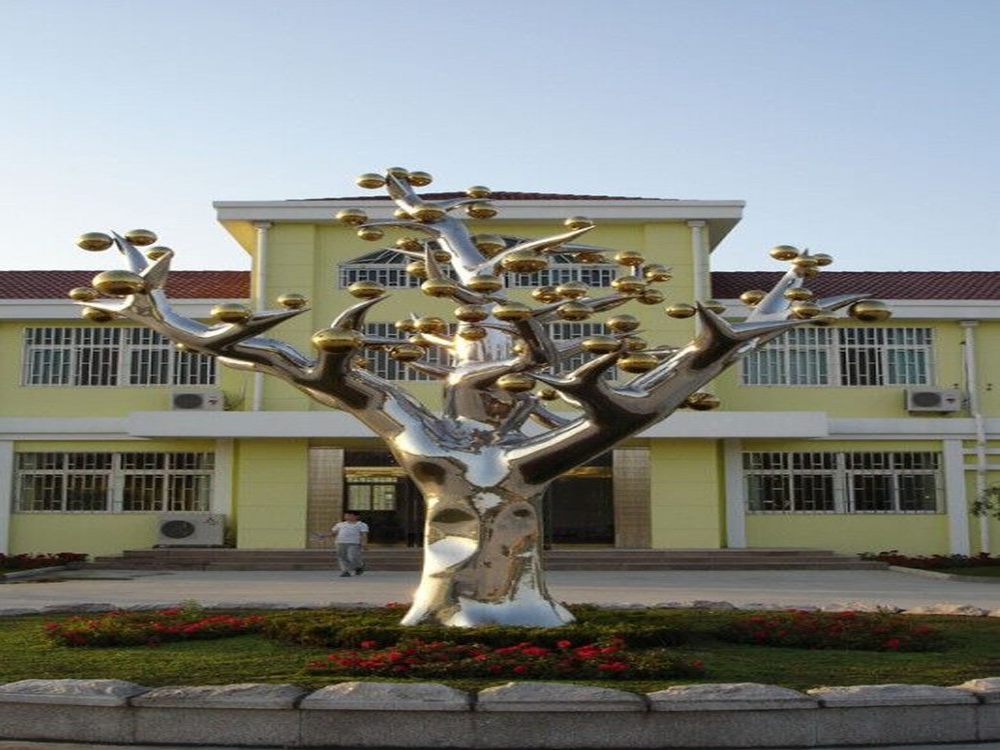
The interplay between mass and void in bronze compositions is a delicate dance of form and space, requiring both technical precision and artistic intuition. Artists achieve this equilibrium through several key approaches.
First, they carefully plan the negative spaces within the sculpture, understanding that voids are as important as solid forms in creating visual rhythm. The lost-wax casting process allows for intricate detailing where solid bronze transitions seamlessly into open areas.
Experienced sculptors manipulate thickness variations, creating areas of visual weight that counterbalance expansive empty spaces. They often employ asymmetrical designs where dense clusters of mass offset larger voids, producing dynamic tension.
Surface texture plays a crucial role too - rough, heavily worked areas appear visually heavier than smooth sections, allowing artists to create perceived mass even in thinner elements. The patina application further enhances this effect, with darker tones adding weight and lighter tones creating airiness.
Contemporary bronze artists frequently combine traditional techniques with modern engineering principles, using internal armatures to support seemingly impossible mass-void relationships. This fusion of art and science enables breathtaking compositions where solid and space converse in perfect harmony.
Ultimately, mastering mass and void in bronze requires years of practice in spatial perception, material understanding, and compositional balance - a testament to the sculptor's ability to make the heavy appear light and the empty feel substantial.

